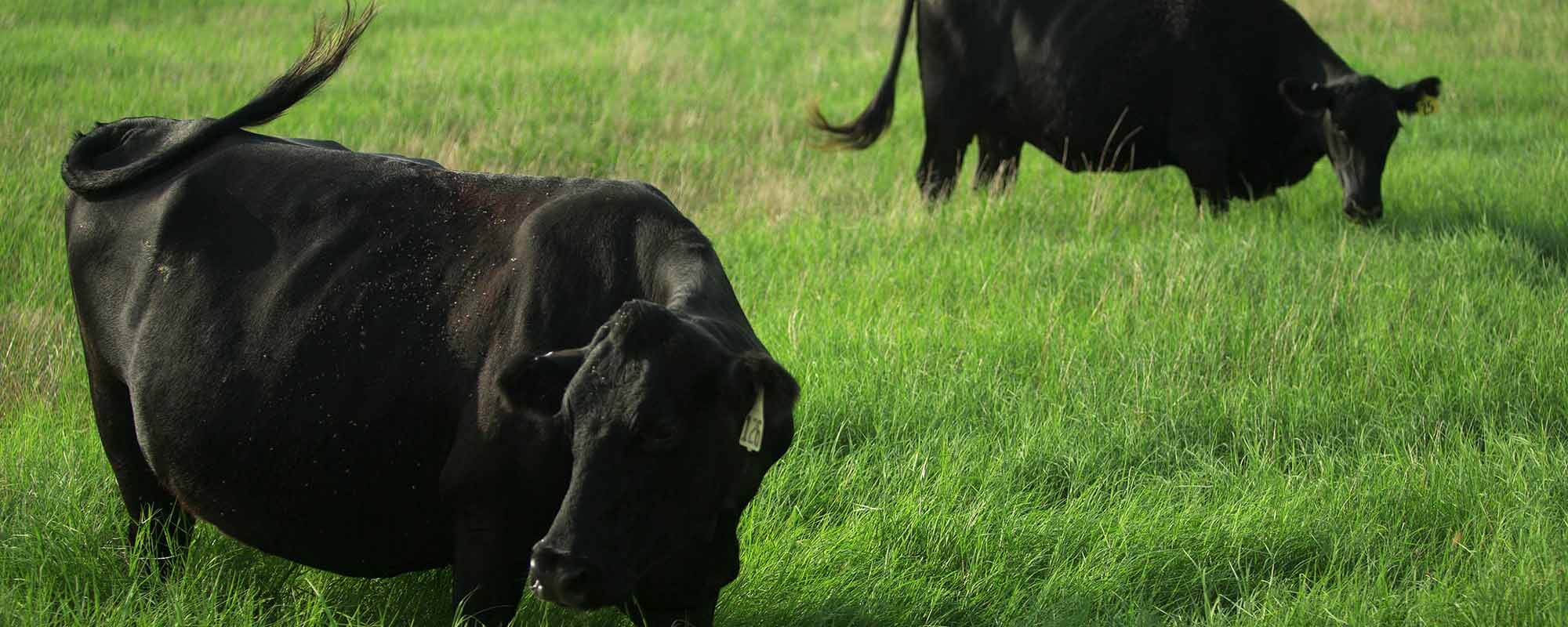Technology has provided agriculture with new, creative and efficient ways to accomplish production goals. However, sometimes traditional tools still provide effective ways to manage the cow herd at different stages of production. One of these traditional tools is body condition scoring (BCS). Most cattle producers are familiar with BCS and its impacts on fertility. However, how can BCS be used as a tool to prevent negative impacts on fertility?
Body condition score is used to assess the energy status (fat cover) of an animal. This process is done with visual observation of an animal and applying a value (BCS score) to that animal. The scoring system used is a 1 to 9 point scale with 1 = emaciated (very thin) and 9 = obese (very fat). This scoring system is a subjective measurement, and how one person scores may be different compared to another scorer. It is critical that scoring is done consistently by the same person over time in order to effectively manage your cow herd and feed resources. Producers target their cows to score between a 5 and 6 so a cow has the best opportunity to produce a calf every year. A change in 1 BCS is equivalent to 90 pounds of body weight. It is not recommended to compare BCS across herds that were scored by different people because not every person evaluates an animal the same or gives the same score.
It is not always feasible to BCS each individual cow within a group and make sorts. In this case, score half of the group to estimate an average score for the whole group. If there are just a few thin cows in the group, determine why they are thin. Is it because of age (young vs. old), lameness or sickness, or is there a parasite problem?
Body condition scoring is a practical tool and an important practice that allows producers to quickly estimate the energy status of cows at that point in time. With this information, decisions can be made to manage an individual or a group of cows separately without having to supplement the whole herd, and ultimately you’ll save on feed cost.



Comments